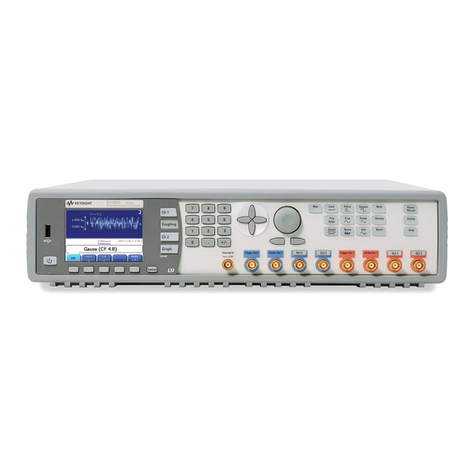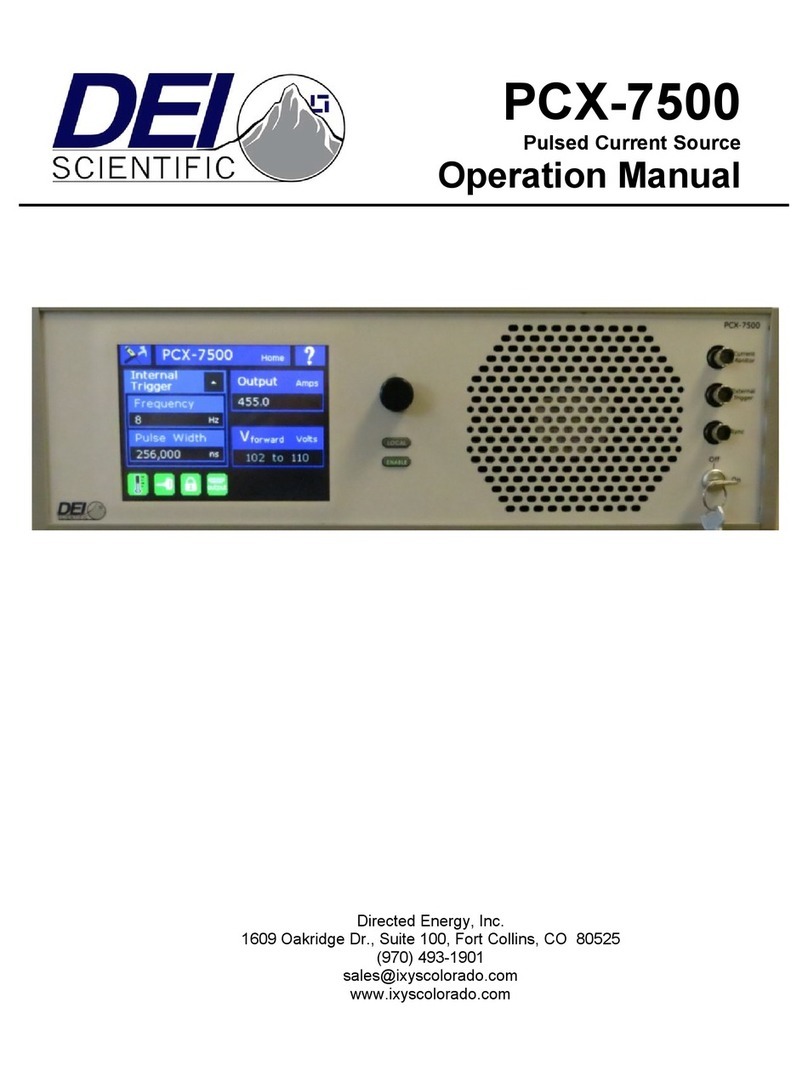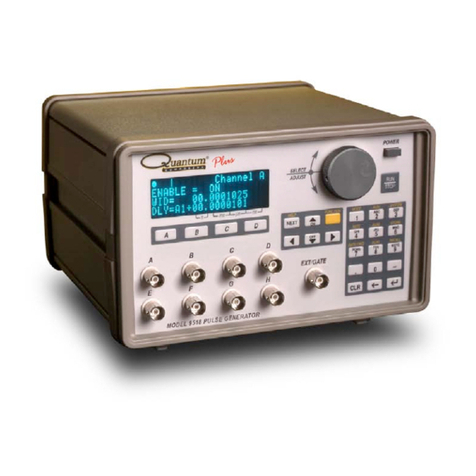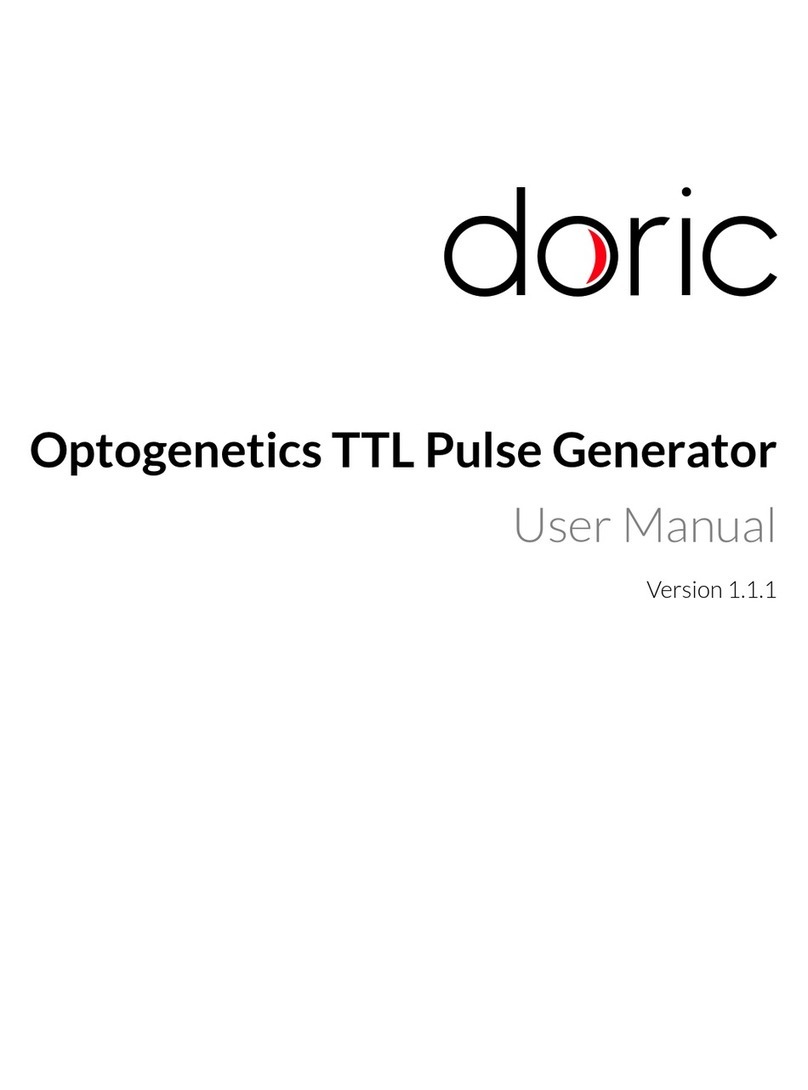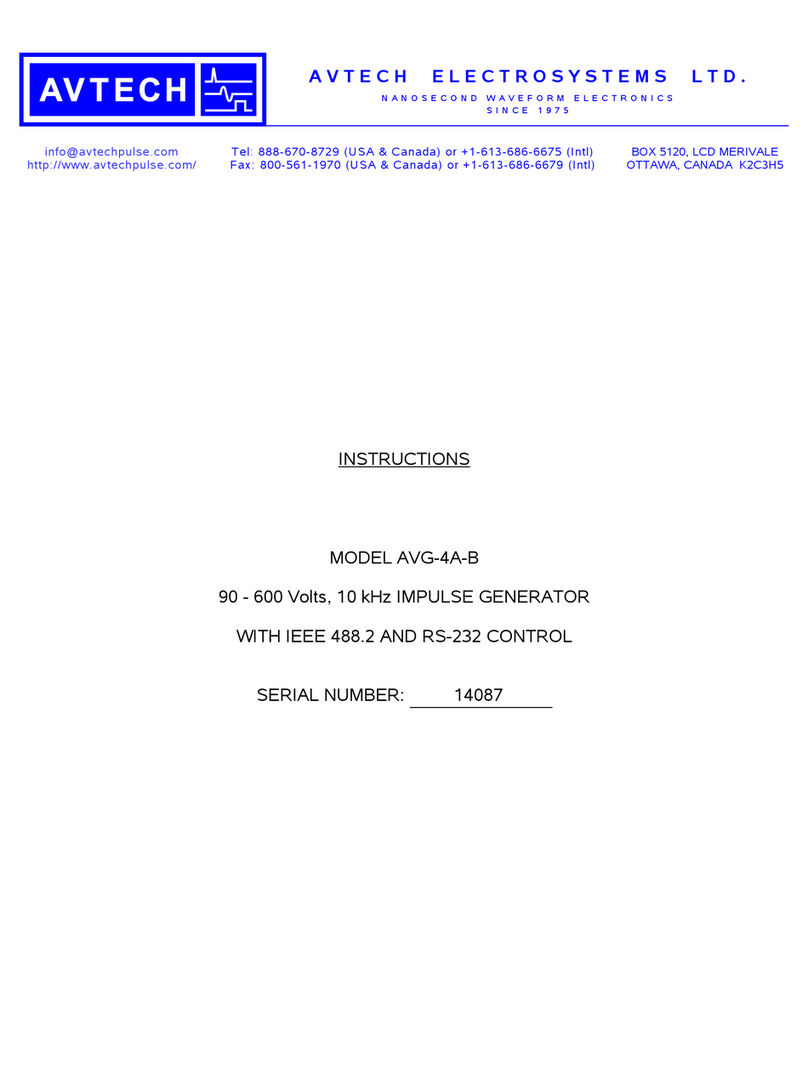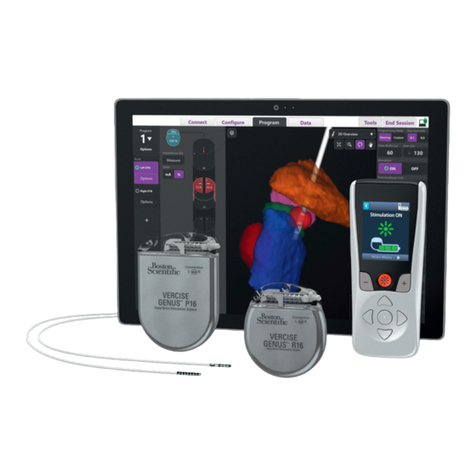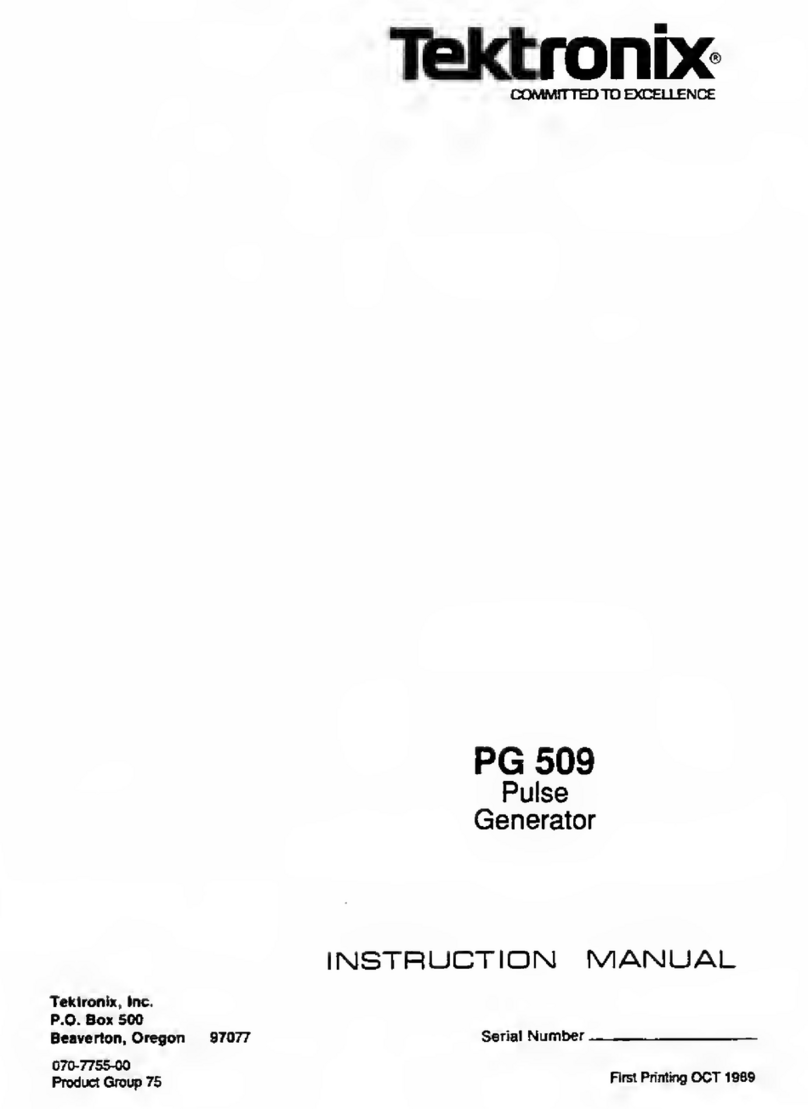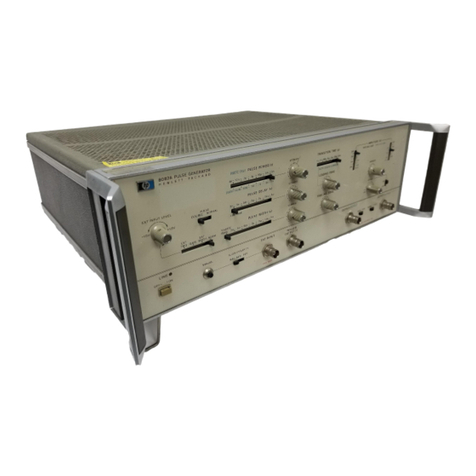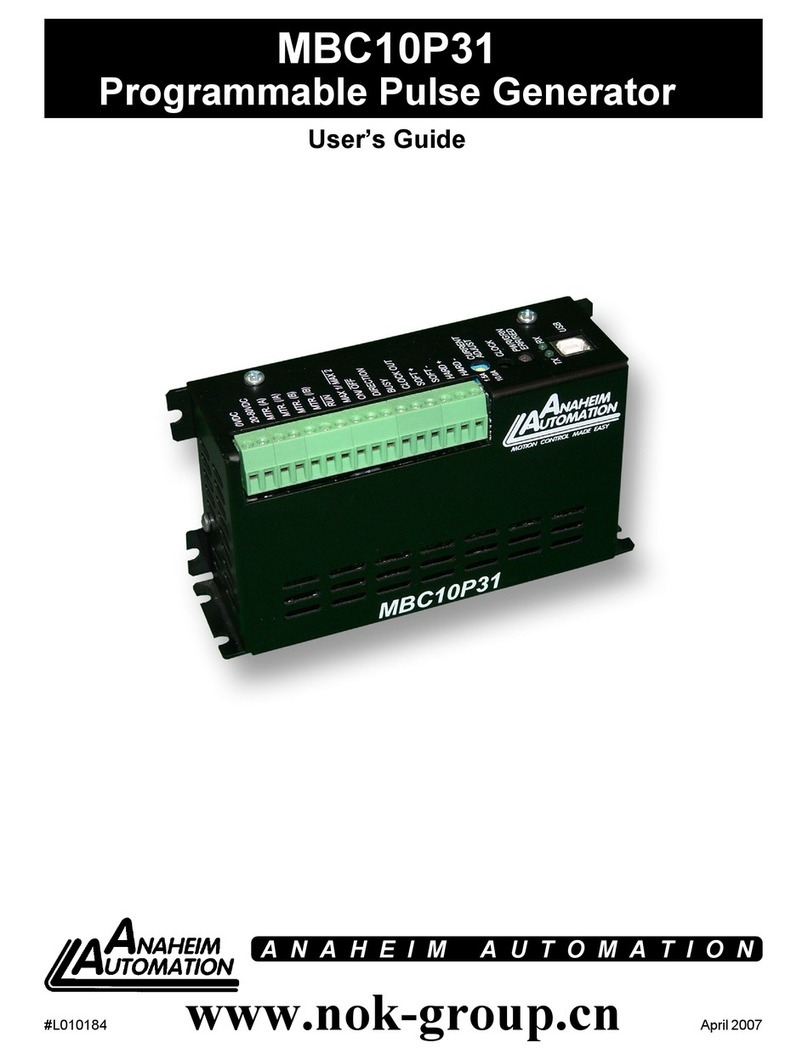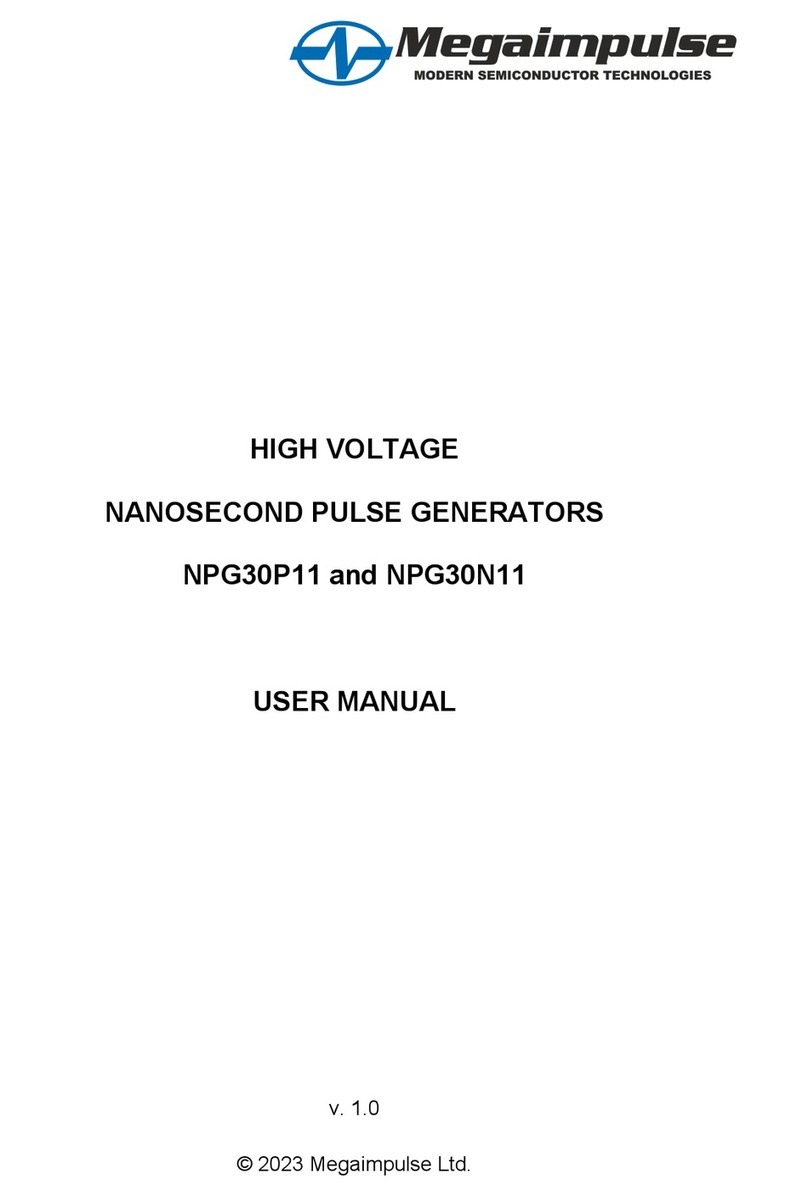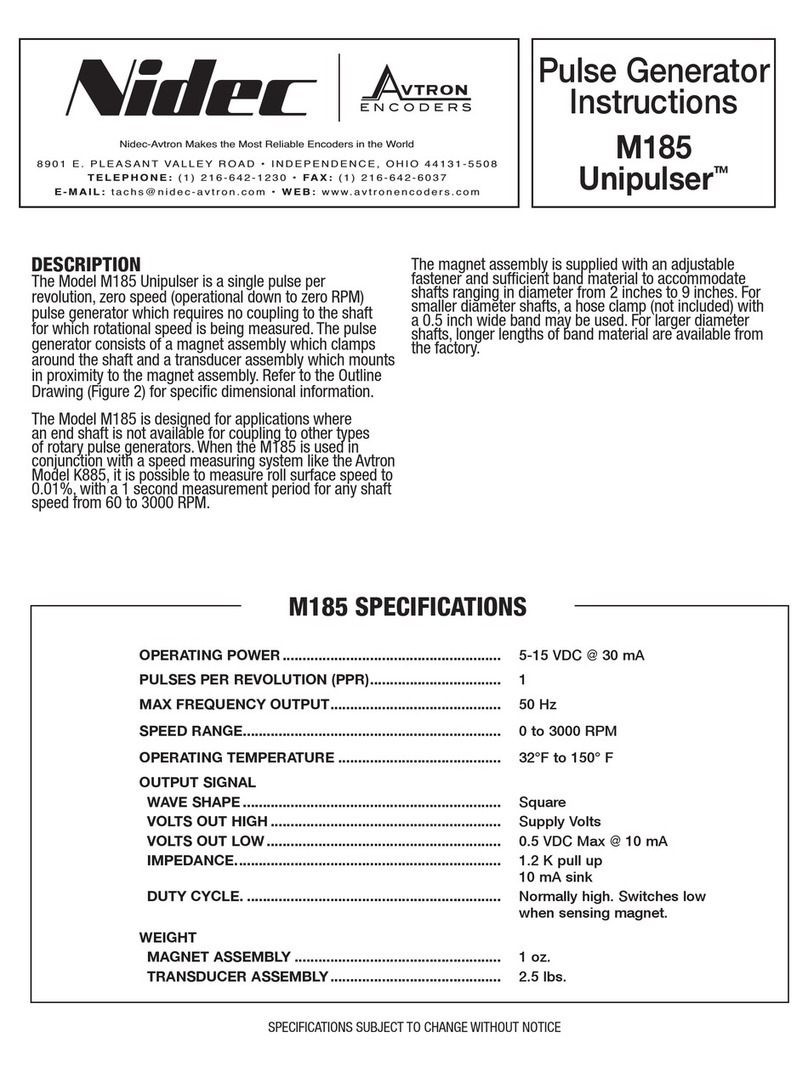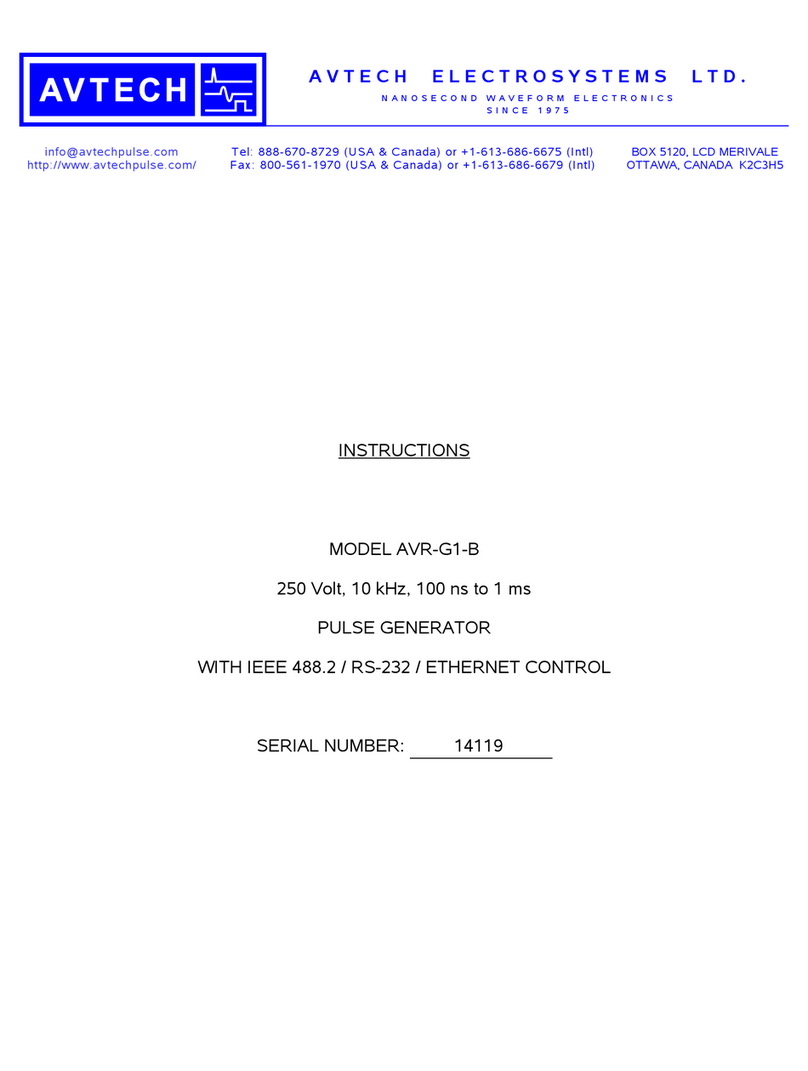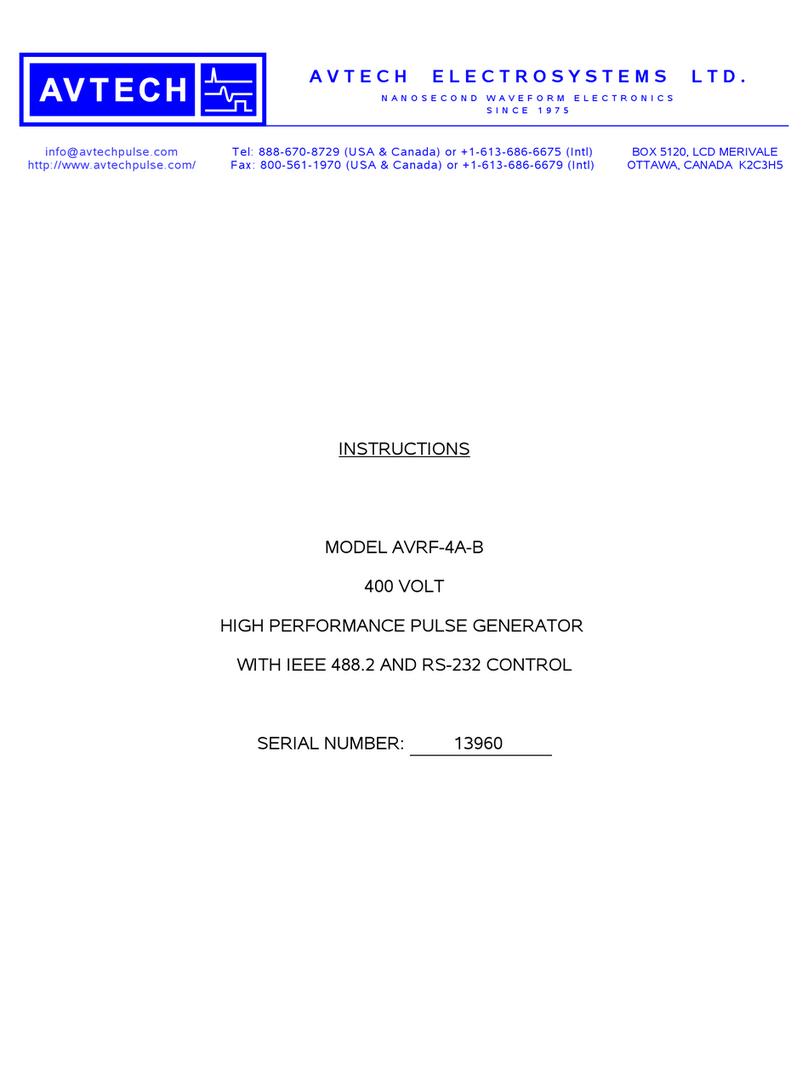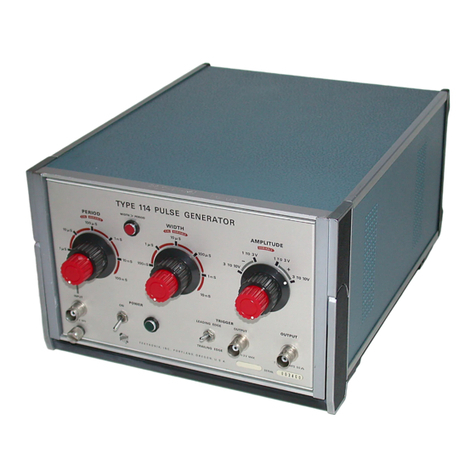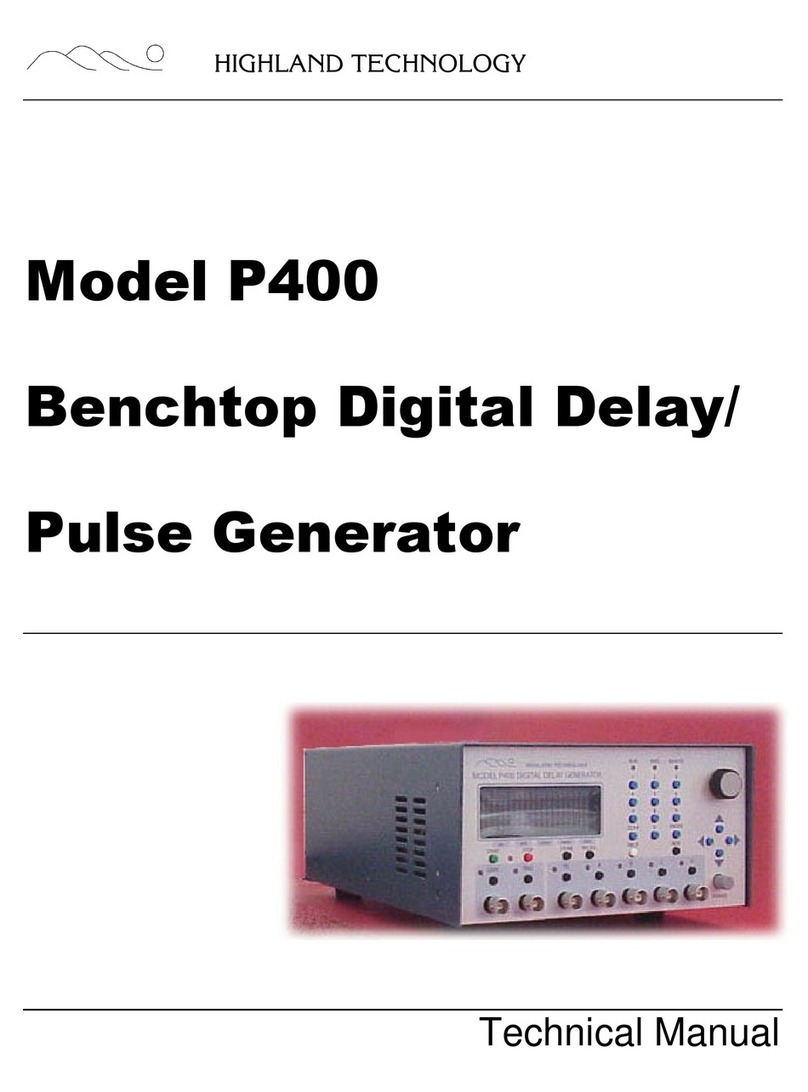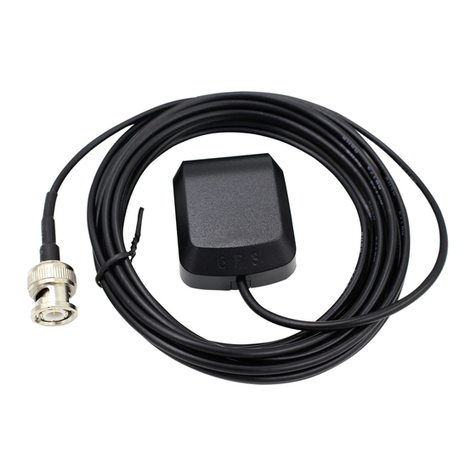
2
• For single patient use only. Do not reuse, reprocess, or resterilize. Reuse, reprocessing, or
resterilization may compromise the structural integrity of the device and/or lead to device failure which,
in turn, may result in patient injury, illness, or death. Reuse, reprocessing, or resterilization may also
create a risk of contamination of the device and/or cause patient infection or cross-infection, including,
but not limited to, the transmission of infectious disease(s) from one patient to another. Contamination
of the device may lead to injury, illness, or death of the patient.
• Component Compatibility. All Boston Scientic S-ICD implantable components are designed for
use with the Boston Scientic or Cameron Health S-ICD System only. Connection of any S-ICD System
components to a non-compatible component will result in failure to deliver life-saving debrillation
therapy.
• Backup debrillation protection. Always have external debrillation equipment and medical
personnel skilled in CPR available during implant and follow-up testing. If not terminated in a timely
fashion, an induced ventricular tachyarrhythmia can result in the patient’s death.
• Pulse generator interaction. Using multiple pulse generators could cause pulse generator
interaction, resulting in patient injury or a lack of therapy delivery.Test each system individually and
in combination to help prevent undesirable interactions. Refer to the S-ICD System and Pacemaker
Interaction section on page 61 of this manual for more information.
Handling
• Proper Handling. Handle the components of the S-ICD System with care at all times and maintain
proper sterile technique. Failure to do so may lead to injury, illness, or death of the patient.
• Do not damage components. Do not modify, cut, kink, crush, stretch or otherwise damage any
component of the S-ICD System. Impairment to the S-ICD System may result in an inappropriate shock
or failure to deliver therapy to the patient.
• Handling the subcutaneous electrode. Use caution handling the subcutaneous electrode connector.
Do not directly contact the connector with any surgical instruments such as forceps, hemostats, or
clamps.This could damage the connector. A damaged connector may result in compromised sealing
integrity, possibly leading to compromised sensing, loss of therapy, or inappropriate therapy.
Implantation
• System dislodgement. Use appropriate anchoring techniques as described in the implant procedure
to prevent S-ICD System dislodgement and/or migration. Dislodgement and/or migration of the S-ICD
System may result in an inappropriate shock or failure to deliver therapy to the patient.
Outdated version. Do not use.
Version überholt. Nicht verwenden.
Version obsolète. Ne pas utiliser.
Versión obsoleta. No utilizar.
Versione obsoleta. Non utilizzare.
Verouderde versie. Niet gebruiken.
Föråldrad version. Använd ej.
Παλιά έκδοση. Μην την χρησιμοποιείτε.
Versão obsoleta. Não utilize.
Forældet version. Må ikke anvendes.
Zastaralá verze. Nepoužívat.
Utdatert versjon. Skal ikke brukes.
Zastaraná verzia. Nepoužívať.
Elavult verzió. Ne használja!
Wersja nieaktualna. Nie używać.
